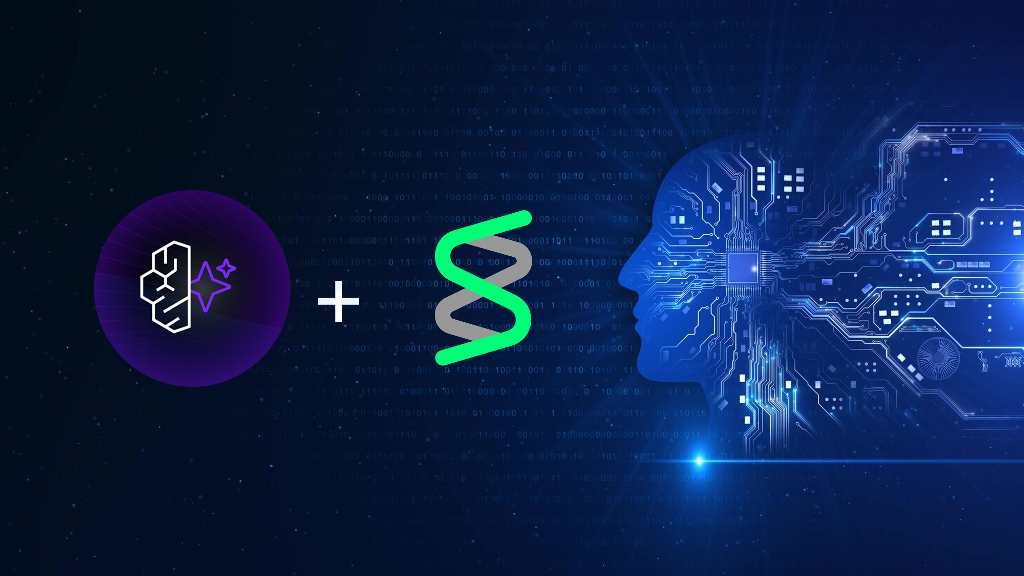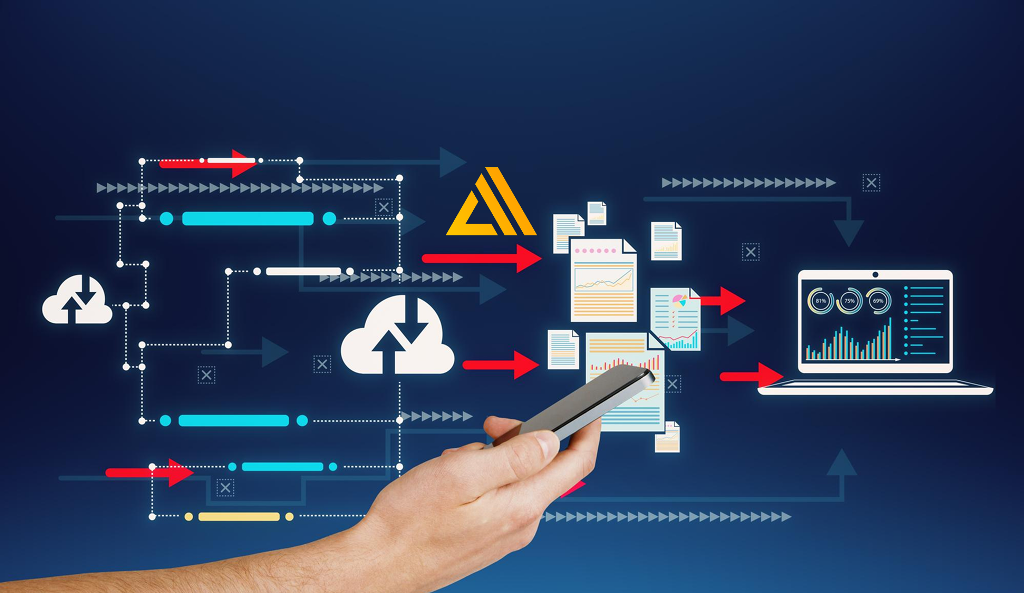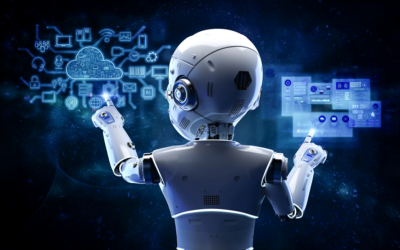
Amazon Rekognition
Overview
Amazon Rekognition provides pre-trained and configurable computer vision (CV) capabilities for extracting information and insights from photos and videos. It allows you to quickly integrate pre-trained or customizable computer vision APIs to your applications without having to construct machine learning (ML) models and infrastructure from the ground up. It analyses millions of photographs and videos in minutes and uses artificial intelligence to assist humans in visual assessment activities that would otherwise be done manually (AI). Scale up and down according to your business requirements with fully managed AI capabilities from Amazon Rekognition and pay only for the photos and videos you analyze.
Amazon Rekognition for Video
Amazon Rekognition Video analyses videos stored in Amazon S3 for objects, sceneries, celebrities, text, actions, and inappropriate information. Rekognition Video can also detect, evaluate, and compare faces in videos and track people’s movements in real-time with high accuracy.
Because each result or detection is timestamped, you can quickly develop an index for a thorough video search or jump to an exciting area of the video for further investigation. In addition, Rekognition Video delivers bounding box coordinates for objects, faces, text, and people, indicating their exact location on the screen. Amazon Rekognition Video can also monitor a live stream from Amazon Kinesis Video Streams to detect and search faces. When used together with Amazon Transcribe and Amazon Rekognition Video, you may create apps that include closed captioning, profanity filtering, and streaming video transcription.
Use Cases
- Searching and indexing media assets: Using Amazon Rekognition Video’s object, scene, activity, celebrity, text, and face analysis metadata, you can automatically index and search vast video archives. You save time by not having to search through all videos manually. AWS serverless solutions like Media2Cloud and Media Insights Engine enable seamless curation, filtering, and monetization of archives from tape to MAM system.
- Strict adherence to standards allows you to instantly identify any unsuitable or brand-unsafe content in your video assets. Your human moderators need to look at the timestamps reported by Amazon Rekognition Video. You may also manage international market compliance needs using the hierarchy of moderation labels offered. You can utilize Amazon Transcribe metadata to moderate audio.
- Ads in context: In this way, you may offer advertisements that are most appropriate to the video content. This way, you can increase the ad’s effectiveness and returns that follow the content.
- Responsiveness to threats to the public: Amazon Rekognition Video lets you design apps that help find missing people in videos. You can quickly identify potential matches by searching for their faces in a missing people database.
- Facilitating Face-Based User Verification: This feature boosts security by using facial recognition to verify users’ identities, ideal for systems requiring secure access.
- Conducting Sentiment Analysis: Rekognition can analyze facial expressions in images to gauge emotions, useful in understanding customer reactions and sentiments.
- Implementing Facial Recognition: In addition to verification, this function can identify individuals in a crowd, enhance surveillance capabilities, or personalize customer experiences.
- Moderating Images: It helps in filtering out inappropriate content from platforms, ensuring compliance with content standards and maintaining user safety.
- Creating Searchable Image Libraries: It simplifies the management and retrieval of images by categorizing them based on content, making them easily searchable.

Download list of all AWS Services PDF
Highlights
- Detection of objects, scenes, and activities
Amazon Rekognition Video recognizes hundreds of objects, scenes, and behaviors, such as delivering a delivery or dancing, in seconds. You get a confidence score for each label you identify. Bounding boxes are also provided for specific objects like ‘Person’ and ‘Car,’ allowing easier counting and localization. For complex operations like “blowing out a candle” or “extinguishing a fire,” Amazon Rekognition Video relies on motion in the video. It is possible to enhance the searchability of your content and deliver ads that are relevant to the content immediately preceding them by utilizing the detailed metadata provided by these rich media assets.
- Moderation of online content
For each detection, Amazon Rekognition Video offers a timestamp and a description of the flagged content. In addition, you’ll get a list of labels and confidence scores for each level of harmful content. “Graphic Female Nudity” is a sub-category of “Explicit Nudity,” for example. It is possible to put up different business rules for other markets and regions using confidence scores and detailed labeling.
- Detecting text
In addition to the text detection confidence, Amazon Rekognition Video offers the location bounding box and timestamp for each text detection. Filter words by ROI, bounding box size, and confidence score. For example, to read scoreboards in a soccer game, you may only want to detect text in the bottom third of the screen.
- Celebrity appreciation
It’s easy to spot famous faces in videos thanks to Amazon Rekognition Video. Celebrity names and unique ids are included, along with URLs to associated resources for the celebrity, including the celebrity’s IMDB link.
- Recognition and analysis of the face
Amazon Rekognition Video can locate the bounding box for up to 100 faces in a video frame. Gender, emotions, an estimate of the person’s age, and whether or not they are smiling may all be gleaned for each identified face, in addition to timestamps for each detection.
- Face-to-face search
When a video is played, Amazon Rekognition Video may identify familiar faces in it by searching against a private repository of face photos. A similarity score is assigned to each match, and timestamps are set to each instance where the same individual is detected throughout the movie. The Amazon Rekognition Video service can also group all unknown people in a video who do not have any matches in the repository and return timestamps with unique identifiers for each of these people.
- Pathing of individuals
If your video contains people, Amazon Rekognition Video can track where they are, when they are moving, and how they are moving. As a bonus, Amazon Rekognition generates a unique index for each individual it recognizes, allowing you to keep track of how many people are in the video.
- Video analysis of a live webcast
Using Amazon Rekognition Video, you can analyze your live video streams in real-time to detect and search for people. For example, using an Amazon Kinesis Video Streams stream as an input to Rekognition Video allows for a shallow latency face search against a library of your photographs by delivering a feed from Amazon Kinesis Video Streams.
Need help on AWS?
AWS Partners, such as AllCode, are trusted and recommended by Amazon Web Services to help you deliver with confidence. AllCode employs the same mission-critical best practices and services that power Amazon’s monstrous ecommerce platform.
Amazon Rekognition for Images
Deep learning is a specialized area of machine learning (ML) within the broader artificial intelligence (AI) field. It aims to extract intricate patterns and high-level features from raw data. Unlike traditional ML techniques that rely heavily on handcrafted features, deep learning leverages vast amounts of annotated data to learn and improve from experience automatically.
At its core, deep learning utilizes neural networks that mimic how the human brain processes information. These networks have multiple layers—a deep graph—each performing a series of linear and non-linear transformations. Through these layers, the model becomes adept at recognizing patterns, making predictions, and understanding complex data structures.
Deep learning significantly enhances Amazon Rekognition’s capabilities by utilizing neural networks with multiple layers to mimic the human brain’s data processing methods. This approach enables Amazon Rekognition to delve deep into analyzing extensive datasets, learning from each piece of information to perform intricate tasks such as visual recognition, natural language processing, and predictive analytics. Specifically designed to handle unstructured data like images and videos, deep learning algorithms enable Amazon Rekognition to excel in identifying and categorizing visual content with high precision. By training on diverse datasets, these algorithms become adept at detecting objects, scenes, faces, understanding contextual information in images and videos, and even recognizing emotions conveyed through facial expressions. Thus, the integration of deep learning technologies equips Amazon Rekognition with the capability to provide advanced image and video analysis features, ensuring accurate results and facilitating a wide range of applications.

AWS Service Business Continuity Plan
Thousands of businesses are lose an unprecedented amount of money every quarter - don’t let yours! Protect your AWS services with this FREE AWS Business Continuity Plan. Learn More
Highlights
- Identification of Objects and Scene
Rekognition Image recognizes thousands of things, such as automobiles, dogs, and furniture, and can provide accurate identification. Besides scenes within an image, such as a sunset or the beach, recognition may also detect objects within an image. As a result, you can quickly search through vast image collections while filtering and curating them.
- Recognition of Facial aspects
In an extensive collection of photos, Rekognition Image allows you to locate faces similar to your own. Then, using your photographs, you can generate an index of the faces that were discovered. Fast and accurate search results are returned by Rekognition Image, which produces faces that are the closest match to your reference face.
- Face Time analysis
Rekognition Image is a tool for identifying faces in images and determining whether or not facial expressions, such as a smile or open eyes, are present. In processing an image, Rekognition Image will return the position and a rectangle frame for every discovered face.
- Face Comparison
Rekognition Image allows you to determine how likely two faces in two images are the same person. Similarity scores can be used to check a user against a reference photo in real-time with Rekognition.
- Detection of insufficient content
Recognition images can detect explicit and suggestive information, allowing you to filter photographs according to your needs. In addition, Rekognition gives a hierarchical list of labels with confidence scores to enable fine-grained control over what photos you want to accept. This feature, utilizing a deep-learning based API, is particularly adept at identifying various types of unsafe content including explicit, rude, and suggestive adult content. Its robust architecture ensures that any inappropriate material can be flagged and filtered out effectively.
- Celebrity Appreciation
Rekognition Image recognizes and identifies thousands of renowned, notable, or influential people in their respective fields of work. This feature provides an index and search function for celebrity images in digital image libraries.
- Image with text
Text on road signs, license plates, t-shirts, and mugs, and text on screens like news headlines or captions, may all be found and extracted with Rekognition Image. There is a rectangle frame and a confidence score for each word or line that Text in Image detects in the image.
- The detection of Personal Protective Equipment (PPE)
Amazon Rekognition Image can determine whether or not a person in an image is wearing personal protection equipment (PPE), such as a face mask, hand gloves, and a cap (nose for face covers, head for head covers, and hands for hand covers).
- Management Through API, Console, or command line.
There are three ways to access Amazon Rekognition: the Amazon Rekognition API, the AWS Management Console, and the AWS command-line interface (CLI). Use the Rekognition APIs via the console, API, and CLI to find a face, detect labels and analyze faces. In addition, Amazon S3 and Amazon DynamoDB provide AWS Lambda blueprints for Rekognition that make it simple to start image analysis based on events in your AWS Cloud computing data stores.
- Legal Protection in the Office
Identity and Access Management (IAM) services are connected with Amazon Rekognition (IAM). Use IAM policies to regulate your account’s resource-level permissions and Amazon Rekognition API access.
- Human Consideration
You can quickly add a human review for dangerous image detection into Amazon Rekognition thanks to its direct integration with Amazon Augmented AI (Amazon A2I). Amazon A2I’s built-in picture moderation methodology allows Amazon Rekognition predictions to be readily evaluated and validated. An internal pool of reviewers can be used, or you can tap into a workforce of more than 500,000 independent contractors who are already doing machine learning jobs through Amazon Mechanical Turk with Amazon A2I. In addition, AWS computing pre-screens its workforce vendors to ensure that they adhere to quality and security standards. The Amazon A2I website and the Amazon A2I Integration with Amazon Rekognition in the Amazon A2I developer guide provide more information on creating human review workflows.
- Flexible Pricing Model
Amazon Rekognition provides a range of pricing options tailored to the specific needs of users based on the type and volume of analysis required. This flexibility extends to both image and video analysis services, where costs are determined by the quantity of data processed and the specific features utilized. By offering this adaptable pricing structure, Amazon Rekognition ensures accessibility to advanced visual analysis tools for businesses of varying sizes, eliminating the need for large upfront investments.
Amazon Rekognition Custom Labels
With Amazon Rekognition Custom Labels, you can recognize certain items and scenes in photos. For example, find your logo in social media posts, identify your items on shop shelves, sort machine parts in an assembly line, identify healthy and diseased plants, or find animated characters in films.
Creating a bespoke image analysis model takes time, knowledge, and resources and can take months. It also takes hundreds or tens of thousands of hand-labeled photos to offer enough data for the model to make reliable conclusions. It takes months to acquire this data and vast teams of labelers to prepare it for machine learning.
We do the heavy lifting with Amazon Rekognition Custom Labels. This add-on expands on Rekognition’s existing skills, trained on millions of photographs in various categories. Instead of thousands of photographs, submit a modest batch of training images (usually a few hundred or less) into our simple terminal. With pre-labeled photos, Rekognition can start training in seconds. If not, you may either name them yourself or use Amazon SageMaker Ground Truth to do it for you. Rekognition can prepare a custom image analysis model in just a few hours using your image data. A model is trained by loading and inspecting training data, selecting the appropriate machine learning algorithms, and providing model performance indicators. Your custom model can then be used in applications via the Rekognition Custom Labels API.
Use Cases
- Measuring brand coverage
Marketing agencies must accurately disclose their clients’ media coverage. They manually track client brands and items in social media, TV, and sports videos. With Amazon Rekognition Custom Labels, agencies can train a model to recognize client logos and items. Instead of manually tracking conventional and social media, they can run photos and video frames through the bespoke model.
- Find syndication content
Content creators must often sift through thousands of photographs and videos to locate relevant content for their shows. For example, sports broadcasters need to personally prepare highlight films about games, teams, and players for affiliates. Custom models can quickly generate a meaningful array of photos and clips by training them to recognize teams, players, and common game occurrences like goals, penalties, and injuries.
- Enhance operating efficiency
Agribusinesses must grade their produce before packing it. For example, a tomato grower may physically sort tomatoes into six maturity classes, from mature green to red, for the best shelf life. Instead of manually inspecting each one, they can train a bespoke model to identify tomatoes based on ripeness. They may automatically sort and pack the tomatoes by linking the model with their manufacturing systems.
- Prognosis Accuracy
Computer vision technology can analyze medical images with remarkable precision, reducing the risk of human error. This heightened accuracy aids in the early detection of diseases, leading to more effective treatment plans.
Highlights
- Simplify data labeling
The Rekognition Custom Labels console provides an intuitive visual interface for labeling photos. Using a simple click-and-drag interface, you may label an entire image or select particular objects.
- Automated Machine Learning
Custom models can be built without machine learning knowledge. However, autoML capabilities in Rekognition Custom Labels automate machine learning. It can then automatically import and evaluate the data, select the appropriate machine learning methods for training, and offer model performance metrics once the training images have been provided.
- Feedback and inference for simplified models
Perform a performance test on your unique model. On each image in the test set, you can see the model’s prediction vs. the label assigned. You can also examine precision/recall metrics, f-scores, and confidence scores. You can use your model or retrain it with more photos to increase performance. Follow up on your forecasts, rectify any errors, and use feedback data to retrain new model versions and enhance performance.

Text AWS to (415) 890-6431



